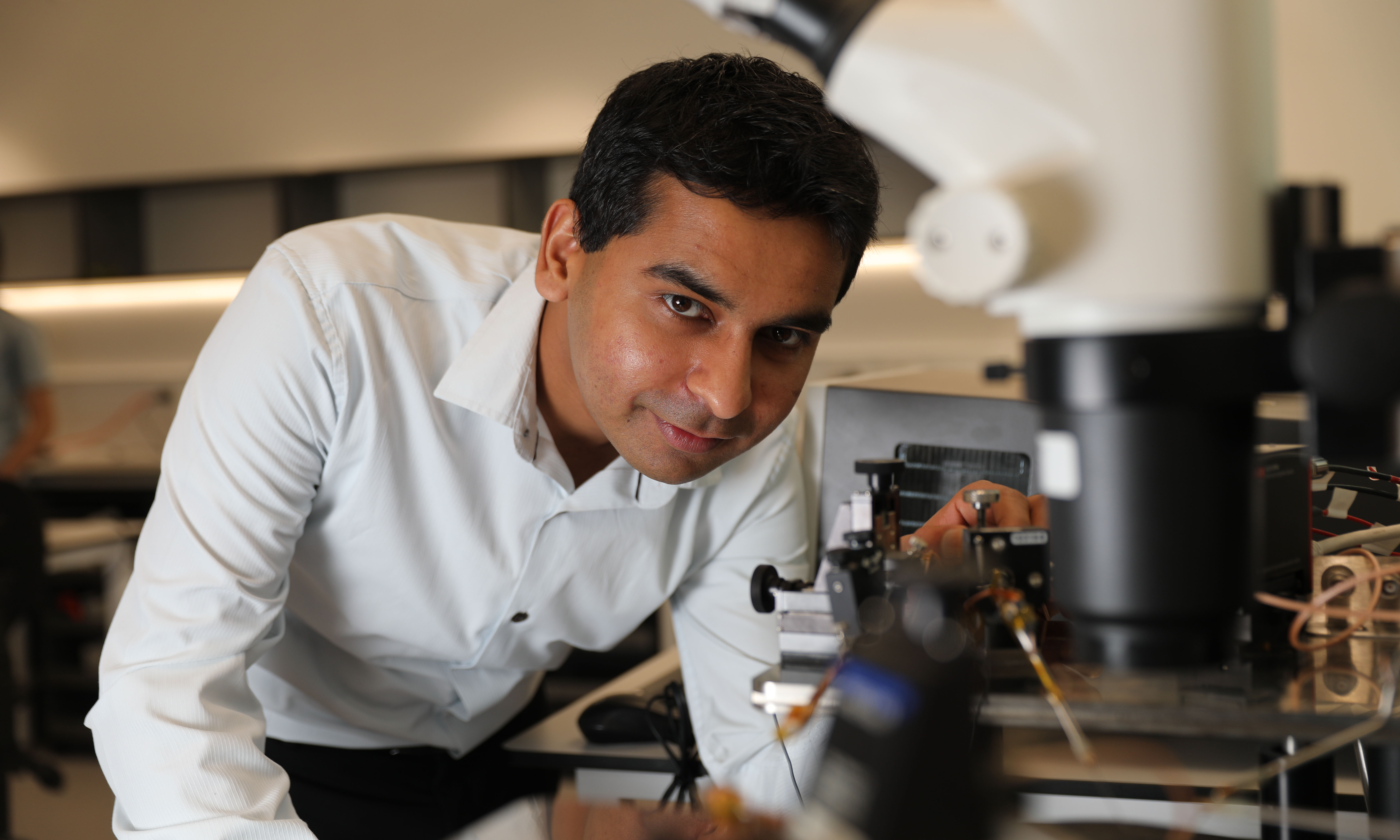The newly established Research Hub for Diamond Quantum Materials is led by German-Australian quantum computing provider Quantum Brilliance, with RMIT and La Trobe universities as major research partners.
All three organizations have world-leading expertise and resources in diamond material sciences.
Their work uses the impurities within diamonds – where a carbon atom is swapped out for a nitrogen atom within the crystal – to generate qubits, the standard bits within a quantum computer.
The resulting microprocessor is in turn protected by its diamond casing.
Inside it, fragile quantum states that can normally only survive in a vacuum or at ultra-cold temperatures can interact at room temperature and enable quantum computing.
Dr Marcus Doherty, co-founder and Chief Scientific Officer of Quantum Brilliance, said the team's fabrication techniques would enhance the performance of diamond-based quantum computers and deliver real-world solutions across many industries.
“The hub is another example of our collaborative research efforts to advance diamond-based quantum technology and deliver economic benefit to Australia in the years to come,” Doherty said.
The research hub is designed to not only make great strides in developing synthetic diamond accelerators, but also to create a network of experts in diamond material science for future industry advancements in both countries.
Complementary research being undertaken in Germany by Quantum Brilliance and the Fraunhofer Institute for Applied Solid State Physics IAF and Ulm University was announced in January.
The combination of the hub and this German research consortium unites the world’s top experts to deliver the advanced fabrication techniques required for diamond microprocessors.
RMIT Deputy Vice-Chancellor Research and Innovation and Vice-President, Professor Calum Drummond, said collaborations like this were vital in supporting future industries.
“We value this opportunity to support development of new technology, which will in turn grow new businesses here in Victoria,” Drummond said.
“Bringing researchers together to support growth in a new local industry is precisely the type of mission we are geared towards.”
La Trobe University Acting Deputy Vice-Chancellor (Research and Industry Engagement), Professor Chris Pakes said the partnership will leverage both universities’ expertise in diamond growth, surface imaging and engineering, and combine it with Quantum Brilliance’s strong industry experience and manufacturing capabilities.
“All three organisations have world-leading expertise and resources in diamond material sciences – making the hub well placed to develop innovative new approaches to advanced manufacturing in this important future industry,” Pakes said.
The hub is already pursuing several concurrent projects that are pioneering new diamond fabrication techniques. These multi-million dollar Australian-based projects are partially funded by the Australian Research Council and Quantum Brilliance.
Story: Johannes Kostka and Michael Quin




